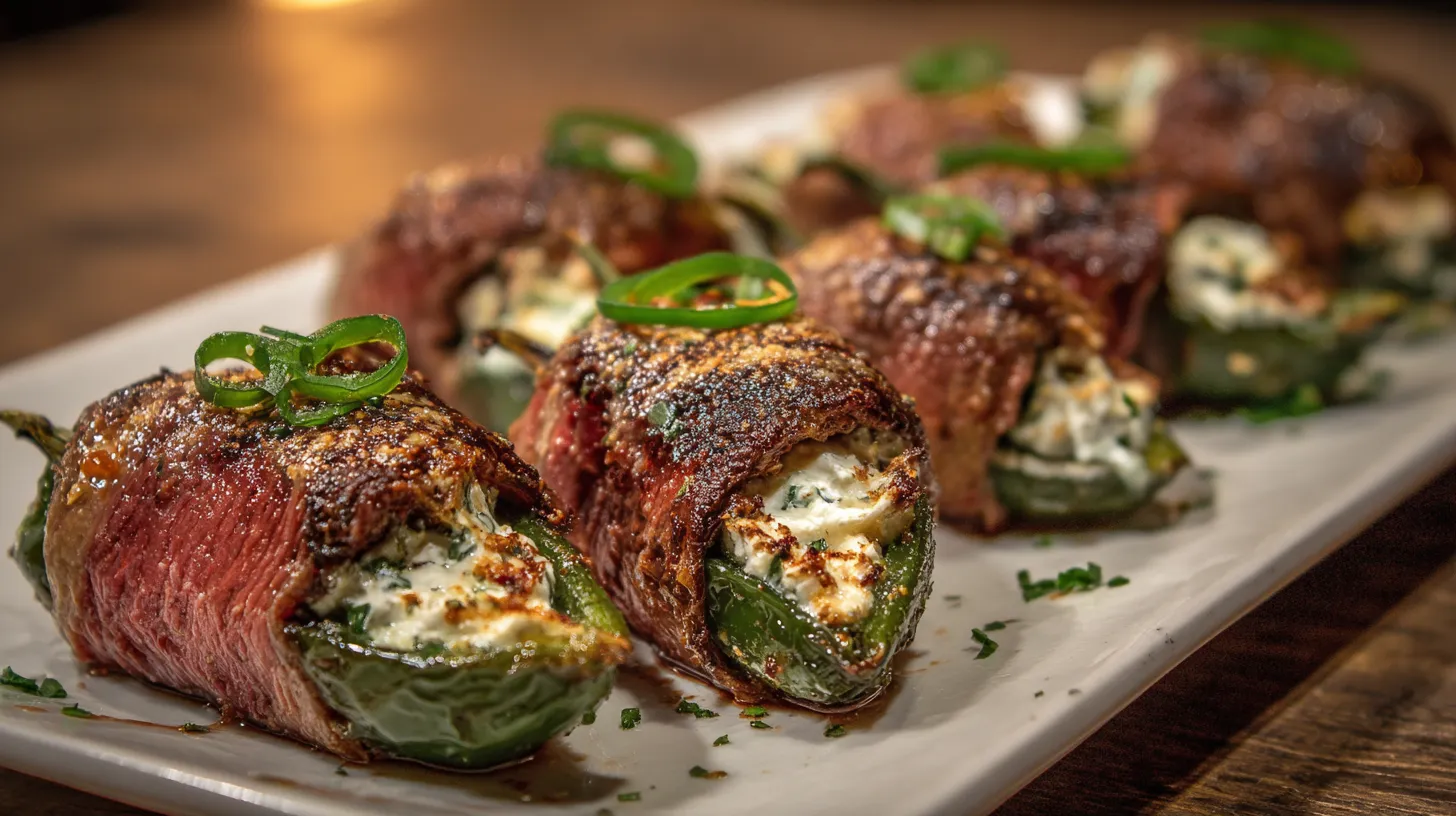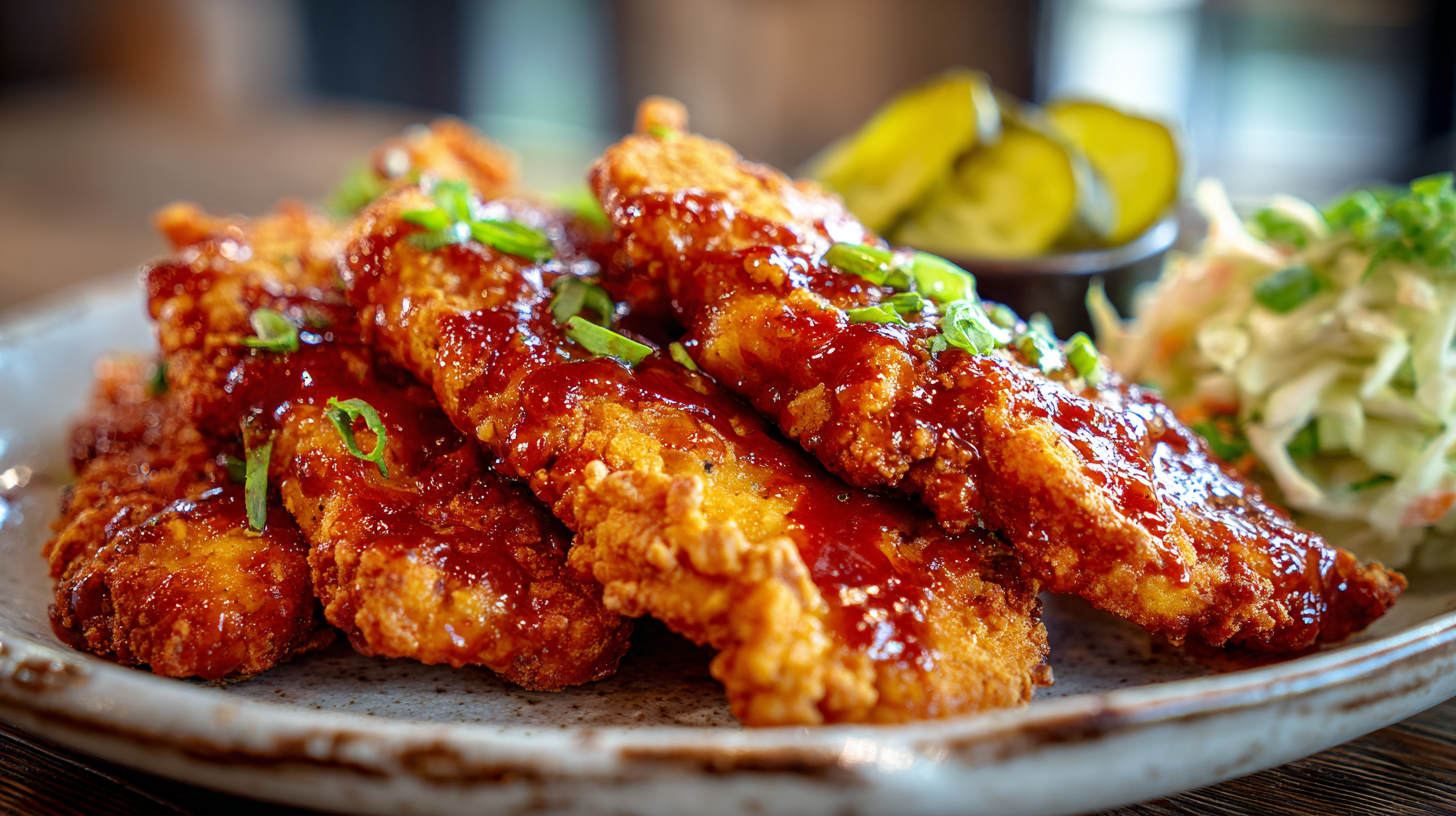➤ Table of Contents
Southern cooking is more than just a method; it’s a cultural heritage passed down through generations. The use of Southern Style White Beans recipes is a testament to the region’s ingenuity in creating nutritious, flavorful meals from simple ingredients. This dish, often slow-cooked to perfection, is a staple in many Southern homes.
Selecting the Right Ingredients for Southern Style White Beans
Creating a delicious Southern-style white bean dish hinges on selecting high-quality ingredients. Here’s a deeper look into how the right choices can elevate your dish:
- Choosing the Right Type of White Beans:
- Varieties to Consider: The type of white bean you choose can significantly impact the flavor and texture of your dish. Popular options for Southern-style dishes include:
Navy Beans: Small and dense, navy beans are known for their creamy texture, making them a great choice for dishes where a smoother consistency is desired.
Great Northern Beans: Slightly larger than navy beans, Great Northern beans have a firmer texture and a mild, nutty flavor. They hold their shape well, making them suitable for recipes where you want the beans to remain intact.
Cannellini Beans: These are the largest of the three and are known for their rich, creamy texture and slightly nutty flavor. They work well in recipes where a more robust bean presence is desired.
- Exploring Bean Varieties: For a more comprehensive understanding of these white bean varieties, including their specific culinary uses and nutritional profiles, consider reading an article or resource titled “What Beans are White?” This can provide valuable insights into selecting the perfect bean for your Southern-style dish.
- The Importance of Freshness:
- Fresh Beans for Better Flavor: The freshness of your beans is crucial. Fresh, dried beans are likely to have a more robust flavor and a better texture after cooking compared to older, stale beans which might turn out tough or take longer to cook.
- Check for Freshness: When selecting beans, look for ones that are whole and not cracked. The beans should be uniform in color and not look faded, which can be a sign of age.
- Other Fresh Ingredients: The quality of other ingredients also plays a significant role. Fresh, high-quality meats, vegetables, and herbs will contribute significantly to the overall flavor of the dish. For instance, using a freshly made stock or broth, fresh herbs, and high-quality pork or sausage can elevate the dish from good to great.
By focusing on the quality and type of white beans and ensuring the freshness of all ingredients, you can create a Southern-style white bean dish that is flavorful, comforting, and deeply satisfying. These foundational elements are key to capturing the essence of Southern cooking and will make your dish stand out.
Preparation Before Cooking Southern Style White Beans
The journey to creating the perfect Southern-style white bean dish involves meticulous preparation, starting from the beans themselves to the careful selection and preparation of other ingredients. Here’s a detailed guide to ensure each step contributes to a flavorful and satisfying dish:
- Soaking the Beans:
- Overnight Soaking: This traditional method involves soaking the beans in a large bowl of water overnight. The soaking process helps to soften the beans, reduce cooking time, and can also make them easier to digest. Ensure the beans are fully submerged with a few inches of water to allow for expansion.
- Quick Soak Method: If you’re short on time, you can use the quick soak method. Bring the beans to a boil in a pot of water, then remove them from heat, cover, and let them sit for about an hour. This method can substitute for overnight soaking, although some chefs believe the traditional method yields a better texture.
- Preparing Other Ingredients:
- Ham Hock: A key ingredient in many Southern-style bean dishes, the ham hock adds a rich, smoky flavor. Before adding it to your dish, rinse the ham hock and trim off any excess fat. If you prefer a less smoky flavor, you can use a smoked turkey leg or omit this ingredient for a vegetarian version.
- Vegetables: Common vegetables include onions, garlic, celery, and carrots. Dice these ingredients uniformly for even cooking and optimal flavor distribution. Sautéing them lightly before adding to the beans can enhance their flavors.
- Spices and Herbs: The choice of spices and herbs can vary based on personal preference. Commonly used spices include black pepper, cayenne pepper, and bay leaves. Fresh herbs like thyme and parsley add a layer of complexity to the dish. Remember to add these towards the end of cooking to preserve their flavors.
- Combining Ingredients:
- Layering Flavors: Start by cooking the ham hock in a large pot, adding water or broth. Once it’s partially cooked, add the soaked and drained beans, followed by the sautéed vegetables. This layering technique helps in building a depth of flavor.
- Simmering: Bring the mixture to a boil, then reduce to a simmer. This slow cooking process allows the flavors to meld together and the beans to become tender without falling apart.
- Final Adjustments:
- Taste and Adjust Seasonings: Towards the end of cooking, taste the dish and adjust the seasonings as needed. This might include adding salt (be cautious with salt earlier in the cooking process, as the ham hock adds saltiness), more pepper, or a splash of vinegar for brightness.
By following these steps in preparing your Southern Style White Beans, you ensure that each element of the dish contributes to a harmonious and richly flavored whole. The result is a comforting, hearty dish that is both deeply satisfying and a testament to the care put into its preparation.

Step-by-Step Cooking Guide of Southern Style White Beans
Creating authentic Southern Style White Beans is an art that combines simple ingredients with time-honored cooking techniques. Here’s a step-by-step guide to crafting this classic dish:
- Soak the Beans:
- Begin by soaking your chosen variety of white beans—such as Navy, Great Northern, or Cannellini—in cold water overnight. This process softens the beans and helps them cook more evenly. Ensure the beans are completely submerged with ample water, as they will expand.
- Sauté the Vegetables:
- In a large pot, start by sautéing your base vegetables. Typically, this includes diced onions and minced garlic. You may also add diced celery and carrots for extra flavor and texture. Sauté these in a bit of oil or butter until they become tender and aromatic. This step lays the foundation for the dish’s flavor profile.
- Add the Beans and Ham Hock:
- After soaking, drain the beans and add them to the pot. Include a ham hock at this stage. The ham hock is a key ingredient, infusing the beans with a rich, smoky flavor and adding depth to the dish. If you prefer a lighter version, you can use a smoked turkey leg or omit the meat for a vegetarian variant.
- Seasoning:
- Season the mixture with salt and pepper. Be mindful of the salt content, as the ham hock will also contribute saltiness. Enhance the dish with traditional Southern spices, such as Creole or Cajun seasoning, to add a distinctive Southern flair. Bay leaves are another common addition, imparting a subtle, herbal note.
- Simmer the Beans:
- Cover the pot and let the beans simmer slowly over low heat. This gentle cooking process allows the flavors to meld together beautifully and the beans to become perfectly tender without falling apart. The simmering time can vary, but it generally takes a few hours for the beans to reach the desired consistency.
- Final Touches:
- Once the beans are cooked and the flavors well-integrated, remove the ham hock from the pot. Shred the meat from the ham hock and discard any fat or bones. Return the shredded meat to the pot, stirring it into the beans. This step enriches the beans with savory, meaty chunks, enhancing the overall texture and taste.
- Adjust and Serve:
- Before serving, make any final adjustments to the seasoning. Some prefer to add a splash of vinegar or a squeeze of lemon juice for a touch of acidity, which can brighten the flavors. Serve the beans hot, perhaps accompanied by cornbread or over rice, for a truly Southern dining experience.
By following these steps, you’ll create a pot of Southern Style White Beans that’s not only deeply flavorful and comforting but also steeped in the culinary traditions of the South. This dish is perfect for family gatherings, potlucks, or simply as a hearty meal on a chilly day.
For a deeper dive into this dish’s cultural significance, read “White Beans and Ham: A Culinary Journey”.
Variations and Customizations of Southern Style White Beans
Adapting Southern Style White Beans to suit vegetarian preferences or to add a bit more heat is a straightforward process. Here’s an enhanced guide, enriched with additional transition words, to modify the Southern Style White Beans recipe to cater to a variety of tastes:
Vegetarian Options of Southern Style White Beans:
- Substitute for Ham Hock: Initially, if you’re aiming to create a vegetarian version of this dish, you might want to consider replacing the ham hock. Ingredients like smoked paprika are an excellent choice for this; they impart a depth and smokiness akin to meat. Alternatively, liquid smoke, a concentrated seasoning, can be used to add a smoky flavor to the dish. However, it’s important to use these substitutes sparingly, as their flavors are quite strong.
- Additional Umami Flavors: Moreover, to compensate for the umami depth that the ham hock would typically provide, contemplate adding ingredients such as sautéed mushrooms, a splash of soy sauce, or a Parmesan rind (for those not adhering to a strict vegetarian diet) during the cooking process. These ingredients can significantly enhance the rich, savory quality of the beans.
Spicing It Up:
- Cayenne Pepper: For enthusiasts of a little heat, adding cayenne pepper is an excellent choice. This spice can be integrated during the cooking process, allowing its heat to thoroughly infuse the dish. Start with a modest amount and adjust according to your preference for spiciness.
- Hot Sauce: In addition, another approach to introduce a spicy element is to incorporate your favorite hot sauce. This can be done either during the cooking process or added as a condiment when serving. The hot sauce not only introduces heat but also a vinegary tang, which can splendidly complement the overall flavors of the beans.
- Adjusting to Taste: Conclusively, it’s crucial to remember that it’s easier to add more spice than to remove it. Begin with a small quantity and adjust the taste as you go, particularly if you’re unsure about your preferred level of heat.
By thoughtfully integrating these adjustments, you can effortlessly customize Southern Style White Beans to be vegetarian-friendly or to have that extra zing. These modifications not only preserve the essence of the traditional dish but also provide flexibility to accommodate different dietary preferences and flavor inclinations. Whether catering to vegetarians or those who love a bit of spice, these changes ensure that your dish will be a delightful and inclusive crowd-pleaser.
Serving and Pairing Suggestions for Southern Style White Beans
Serving your Southern Style White Beans with the right accompaniments can turn a simple meal into a delightful, hearty feast that encapsulates the essence of Southern cuisine. Here are some classic pairings that complement the flavors and textures of the white beans:
- Cornbread:
- A Southern Staple: Cornbread is a quintessential Southern side that pairs beautifully with white beans. Its slightly sweet, crumbly texture complements the creamy beans.
- Variations: You can opt for a traditional skillet cornbread, which has a delightful crust, or a sweeter, cake-like version, depending on your preference. Adding jalapeños or corn kernels to the batter can provide an extra layer of flavor and texture.
- Collard Greens:
- Balancing the Meal: Collard greens, slow-cooked with onions, garlic, and a hint of vinegar, offer a perfect balance to the rich and creamy beans. The slight bitterness and earthy flavor of the greens contrast nicely with the beans.
- Cooking Technique: Traditionally, collard greens are simmered for a long time until they become tender. They can be flavored with smoked turkey, bacon, or kept vegetarian with a dash of smoked paprika and other spices.
- A Slice of Sweet Potato Pie:
- The Perfect Dessert: No Southern meal is complete without a sweet note, and sweet potato pie fits the bill perfectly. This classic dessert, with its smooth, sweet filling and flaky crust, is a comforting end to a hearty meal.
- Homemade Touch: Making your own sweet potato pie allows you to control the level of sweetness and spice. Nutmeg, cinnamon, and vanilla are traditional spices that give this pie its distinctive flavor.
Together, these dishes create a well-rounded and satisfying meal, each component bringing its unique taste and texture to the table. The cornbread soaks up the flavors of the beans, the collard greens add a nutritious and flavorful contrast, and the sweet potato pie offers a sweet and comforting finish. This combination not only provides a delicious meal but also offers a culinary experience steeped in Southern tradition.
Preservation and Leftover Ideas
- Storing: Cool and store in the refrigerator for up to 5 days.
- Reheating: Gently reheat on the stove or in the microwave.
- Leftover Ideas: Transform them into a bean soup or a bean salad.
Wondering if you can freeze your ham and bean soup? Find out in “Can You Freeze Ham and Bean Soup?”
Conclusion
Cooking Southern Style White Beans is more than just a culinary endeavor; it’s a journey through Southern culture and traditions. With the right ingredients, preparation, and patience, you can bring a taste of the South into your kitchen. Enjoy the process and the delicious results! For more on the diverse food traditions in the Southern United States, including influences from various subregions, visit the Wikipedia page on Southern United States cuisine.
FAQs About Southern Style White Beans
- How long should I soak the beans? Overnight soaking is ideal.
- Can I use canned beans? Yes, but the flavor and texture will differ.
- What if my beans are still hard after cooking? Ensure they are fully submerged and extend the cooking time.





